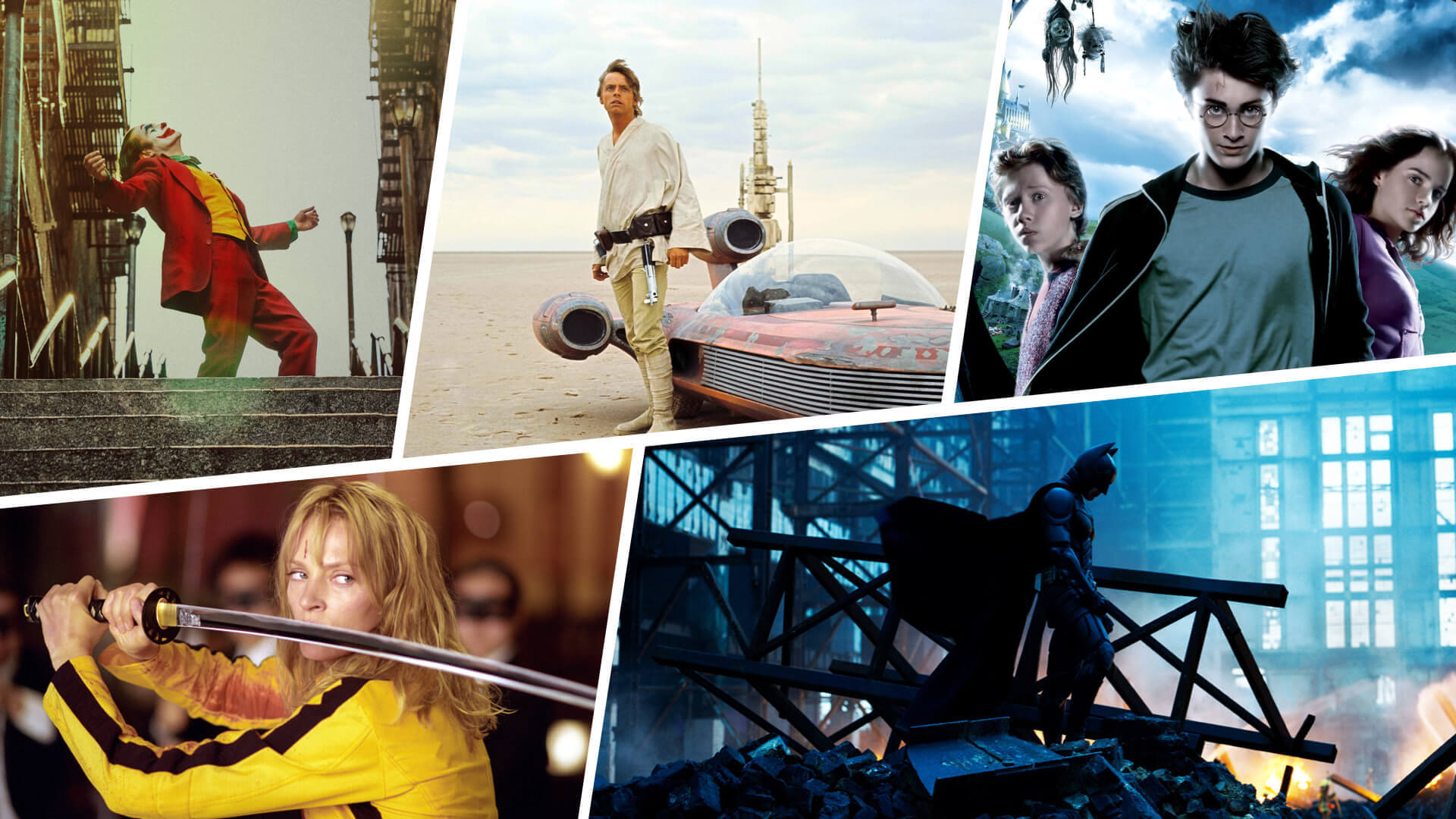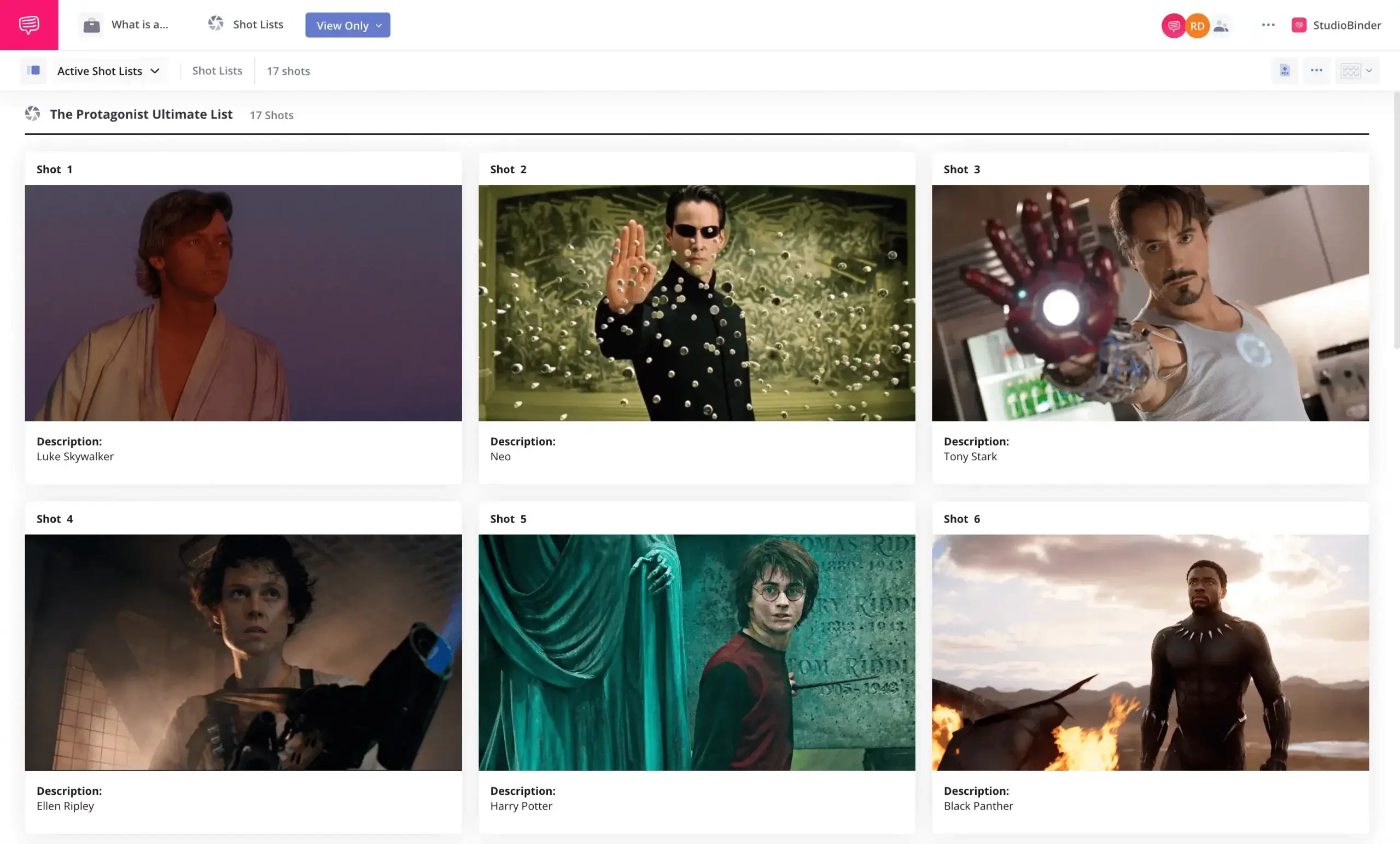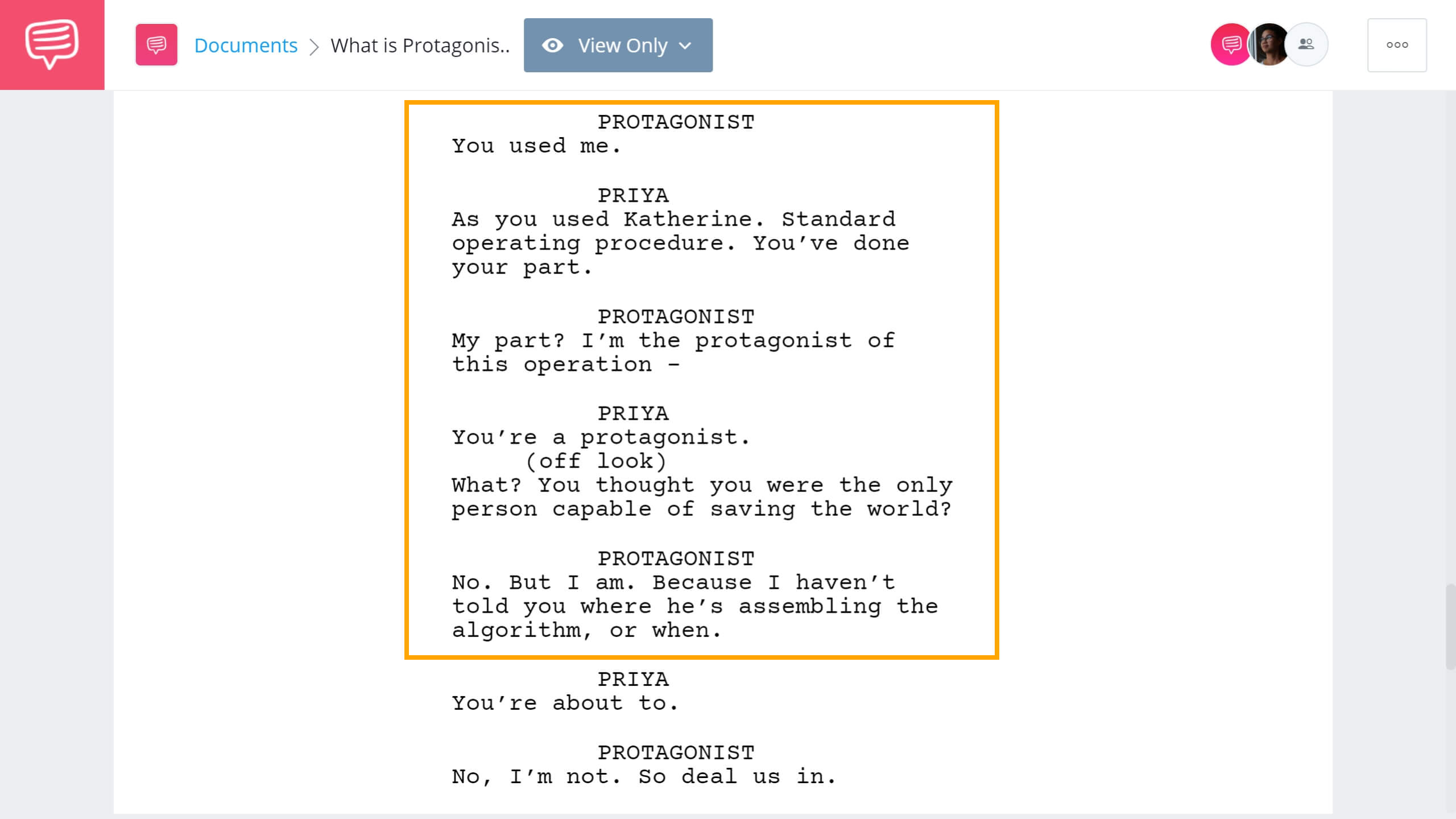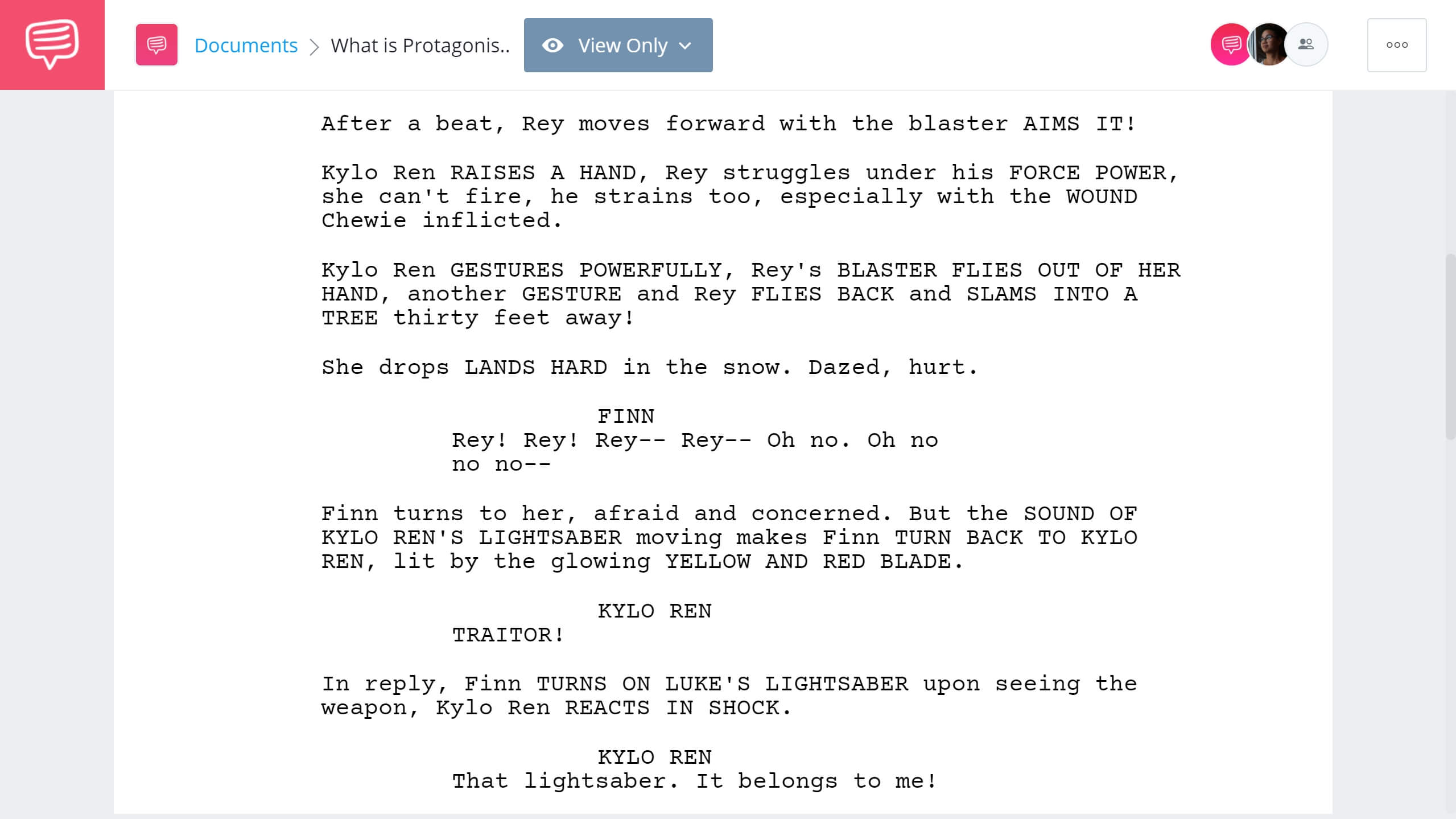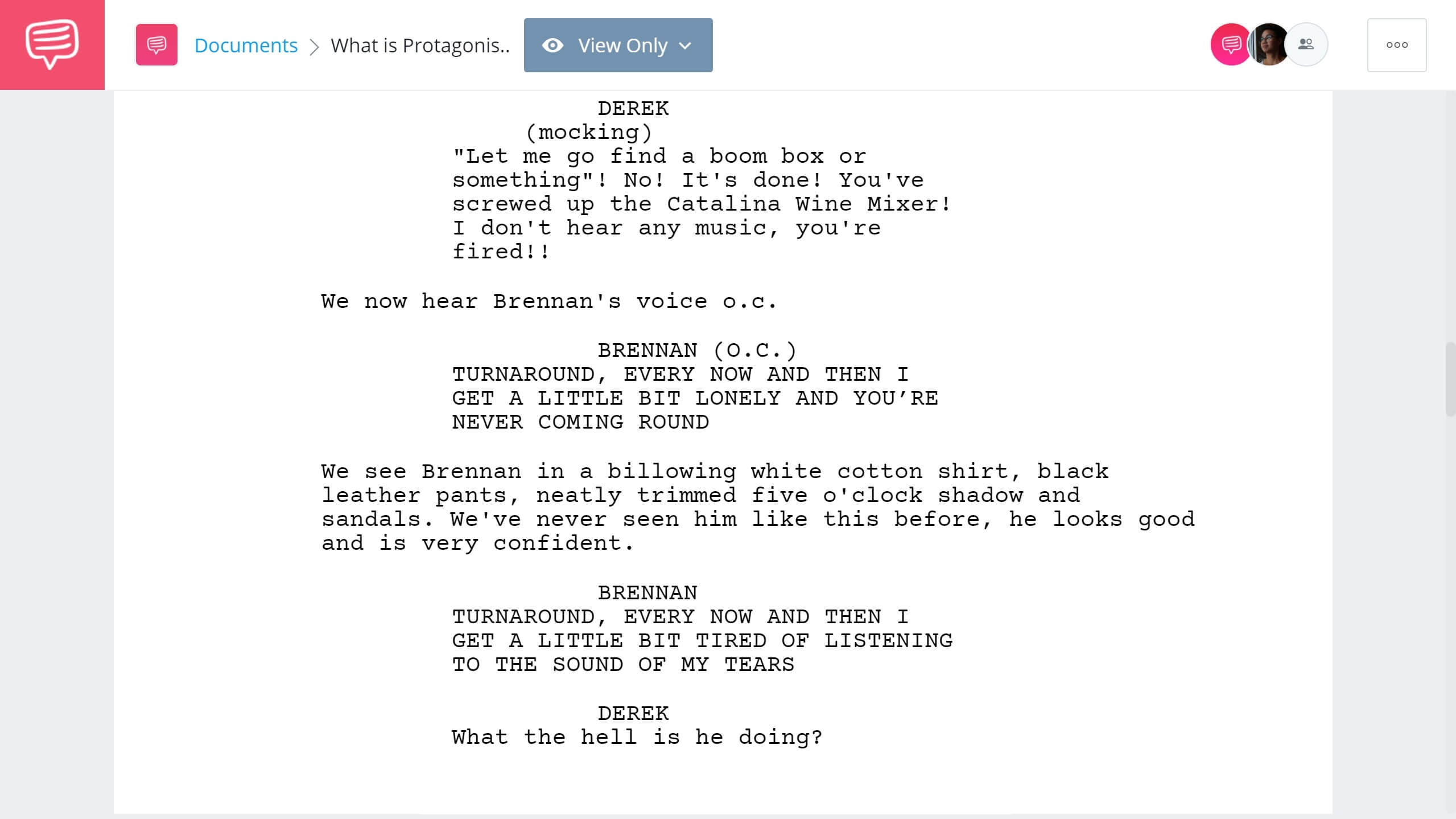What is a protagonist? What makes a story truly memorable? Often, it’s the protagonist—the driving force who takes us on an unforgettable journey. Many refer to it as the leading character in a story. But is the protagonist something more? Or something less? To understand the definition fully, we need to look at how different types of protagonists are used in screenwriting. This will help us understand, what is a protagonist, and which type works best for our scripts.
Watch: What is a Protagonist
What is the Protagonist Meaning in Fiction?
Defining the Protagonist Meaning in Modern Stories
Understanding what a protagonist is begins with recognizing their crucial role in storytelling. They act as the connection between the audience and the world of the narrative, driving the plot forward and creating a relatable journey. Their meaning extends beyond being the lead character; they represent the themes, struggles, and growth that resonate with audiences on a deeper level.
To grasp the protagonist meaning fully, it's essential to explore how they act as the narrative's driving force, shaping the story's direction and its emotional core.
Protagonists are used everywhere, from literature to video games to cinema. They’re used as a sort of character conduit to connect the reader/viewer/player to the world of that particular medium.
So: what does the protagonist mean? We’re going to answer that question by looking at how these characters are used in screenwriting with examples from Star Wars, Breaking Bad and more – but first, let’s define it!Protagonist Definition
Understanding the Protagonist Definition in Storytelling
A protagonist is a character who drives the story forward. They also the central force of the story. Derived from the Greek words prōtos and agōnistēs, it quite literally translates to “first actor.” Not every story has to have one though. Some stories have ensembles; a rare character structure in which the group collectively pushes the story forward, not just the actions of an individual.
Characteristics of a Protagonist:
- Central force
- Moves story forward
- Actions build the theme
- Battles with rival: the antagonist
Protagonist vs. Antagonist
What Makes the Main Protagonist Stand Out?
The main protagonist serves as the story's emotional anchor, or the audience’s point of view, offering audiences a character whose growth, challenges, and triumphs are central to the narrative. Determining who is the main character in a story is often tied to identifying the protagonist, as they are the ones whose goals and growth drive the conflict with the antagonist.
A classic example of this dynamic can be seen in the timeless struggle between Harry Potter and Voldemort in Harry Potter. Their opposing goals create the backbone of the series' conflict, showcasing how protagonists and antagonists can drive a narrative. This conflict often places this main character into direct opposition to the antagonist, creating a dynamic that defines the narrative's stakes and emotional resonance.
Perhaps a good way to explore this driving character is to examine their opposite. And what is the opposite of protagonist — the antagonist. Protagonists and antagonists, or the classic ‘hero vs. bad guy’ dynamic, operate in a symbiotic relationship with one another.
Here’s an example of how conflict is created and resolved between them.
The Protagonist: Character A wants thing X.
The Antagonist: Character B wants thing Z.
Things X and Z are opposite one another.
Let’s plug in for those variables, working with Return of the Jedi.Protagonist and Antagonist in Star Wars
The Protagonist: Luke Skywalker wants to bring balance to the force.
The Antagonist: Darth Vader wants Luke to turn to the dark side.
Notice how these two things work against each other? This is because the protagonist vs. antagonist struggle is the most common example of character conflict. The moment in which these characters and the things they want clash is called the climax.
Main Character Examples
Who Are the Main Characters Driving These Iconic Stories?
Before diving into examples, it’s important to understand why these protagonists stand out. Each of them represents a unique approach to storytelling, teaching us valuable lessons about character development and narrative focus.
But who is the main character? They are the central figure whose actions and decisions shape the trajectory of the story, influencing its conflicts and resolutions.
In Harry Potter, Harry serves as the main protagonist, guiding the audience through the magical world while shouldering the burden of defeating Voldemort. They are usually the one. Understanding who is the main character in each story helps clarify how they serve as a conduit for the audience, embodying the narrative's heart and themes.
Struggling to think of some examples? Here’s a list of film, with the protagonist listed, consider how their unique traits and decisions shape the narrative and engage the audience:
- Luke Skywalker in Star Wars
- Neo in The Matrix
- Tony Stark in Iron Man
- Ellen Ripley in Alien
- Harry Potter in Harry Potter
- King T’Challa in Black Panther
- Marty McFly in Back to the Future
- Ethan Hunt in Mission: Impossible
- Django in Django Unchained
- Captain Kirk in Star Trek
- Bilbo Baggins in The Hobbit
- Sarah Connor in The Terminator
- Rocky Balboa in Rocky
- Snake Plissken in Escape From New York
- Patrick Bateman in American Psycho
- James Bond in the James Bond movies
- Indiana Jones in the Indiana Jones movies
We imported these characters into StudioBinder’s shot list creator in order to create a filmic mood board. You can download the mood board below and reference it at any time for character design inspiration!
Whats a Protagonist? • Ultimate Collection
Most (but not all) of these protagonists are similar – they’re heroic characters who serve as the driving force of their stories.
Protagonist Definition
What is a Protagonist in a Story?
Building on the examples we’ve discussed, it’s clear that protagonists are more than just central characters—they embody the themes and conflicts of their stories, acting as the axis around which everything revolves.
An example Neo in The Matrix illustrates this concept by embodying the theme of self-discovery while confronting existential conflicts that define the narrative's stakes.
No matter how you define protagonist – they are a critical element of every story. The most simple and iconic type is the hero. These characters are virtuous, brave and idealistic. Everything within their story points back to them; think Harry Potter, Indiana Jones, James Bond, etc.
The adventure that they go on often aligns with the Hero’s Journey. But the hero is just one of many main character types available to writers.
In Tenet, Christopher Nolan uses his main character (literally named The Protagonist) in a meta-sense; to comment on the pervasiveness of hollow-heroism in stories. We imported the Tenet screenplay into StudioBinder’s screenwriting software to highlight a short exchange that expertly articulates the point I’m trying to get across.
Read it below and think about the character Priya associates the term “protagonist” with “one who’s capable of saving the world.”
Whats a Protagonist? • Read the entire scene
You don’t have to know anything about Tenet to understand the takeaway from this example. Protagonists come with all sorts of tropes and contrivances that we must be knowledgeable of when writing screenplays. With that note out of the way, let’s break down some different types of these characters.
Who is the Protagonist in a Villainous Story?
Let’s Define The Protagonist Anti-Hero
Not all protagonists have to be virtuous.
Imagine Walter White from Breaking Bad—a character who starts as a struggling teacher but transforms into a ruthless drug kingpin. This compelling anti-hero keeps viewers hooked by navigating moral ambiguity while driving the story forward. Walter White's descent into moral ambiguity could be likened to someone grappling with traits of a personality disorder, as his actions increasingly deviate from societal norms.
These so called anti-heroes, often referred to as villain protagonists, have become incredibly popular on TV, from Mad Men to The Sopranos. But anti-heroes have also grown in popularity in feature films; a great recent example is Lou Bloom in Nightcrawler.
In this next video, we look at how director Dan Gilroy uses shot composition to build empathy for Bloom. But before Bloom was played on the big-screen by Jake Gyllenhaal, who was just a character in a script.
All the aspects of the anti-hero that we come to see visually were just words transcribed on page. But when a strong script foundation connects with great filmmaking, something truly extraordinary is created.
What is a Protagonist in a Story? • How Nightcrawler Creates Empathy with Eyes • Subscribe on YouTube
It becomes a bit more tricky to diagnose the antagonist when the protagonist is an anti-hero. Many would argue that some internal part of the anti-hero is the antagonist in and of itself. However, that’s not always true.
Most protagonists have a tragic flaw; something that ultimately leads to their undoing. For heroes, this tragic flaw is usually rooted in an overabundance of charity, generosity, etc., while for anti-heroes, the tragic flaw more often has something to do with greed, insecurity, etc. A tragic flaw is not an antagonist, but rather one of many aspects of character development.Related Posts
Main Character Bait & Switch
The False Protagonist
Subverting expectations is a powerful tool screenwriters use in storytelling, and the concept of the false protagonist does just that.
These moments often leave audiences stunned, reshaping their plot structure by “killing off” who we presumed to be the protagonist. understanding of the story's direction. A great example of this is Ned Stark from Game of Thrones. The story begins with him as the central focus of the story. His mission is what guides our view of the story’s major themes. But then-boom-he’s gone!
Another classic example of the false protagonist can be found in one of Alfred Hitchcock’s best movies: Psycho. Marion (Janet Leigh) seems to be the lead character of the film, but we quickly learn that director Alfred Hitchcock merely uses her as a decoy.
This next video from The Discarded Image looks at how Hitchcock tricked us into believing Marion was the protagonist.
What is a Protagonist in Psycho
We’re led to believe that Psycho is the story of Marion, but it’s really the story of Norman Bates. The way that Hitchcock uses the false protagonist allows him to manipulate the audience and exercise subversive creative control over the story. Ultimately, it’s a classic example of Hitchcock’s mastery of suspense.
Related Posts
What are Protagonists Who Support?
How To Use A Supporting Protagonist
Have you ever wondered how certain characters enhance the story without taking center stage? Supporting protagonists play a vital role in adding depth and perspective, often enriching the narrative in ways that would be impossible with just one central figure.
The supporting protagonist is often erroneously attributed to supporting characters. Just because a supporting character is closely intertwined with a story, it doesn’t mean that they are the main character. Instead, they can be considered as a separate role called a deuteragonist. This is a "second actor" — nearly the main character, but not quite.
Take Watson from Sherlock Holmes for example. He is both the narrator of Sherlock’s adventures and his sidekick. However, he’s not the protagonist.
A good rule of thumb is to always suspect that if a story has a character’s name in the title, they are probably the protagonist.
There is also the tritagonist, a tertiary main character just below the first two levels. For example, in Jaws, Chief Brody would be the protagonist. Hooper and Quint would be deuteragonists. And characters like Ellen Brody and Mayor Vaughn would be considered tritagonists.
Writers often play with the idea of using multiple leads for subversive effect. Take Star Wars: The Force Awakens for example. Writers Lawrence Kasdan, J.J. Abrams, and Michael Arndt toy with the idea of tricking the audience into the idea of a false protagonist. As you’re reading, think about how Rey and Finn switch roles.What is a Protagonist? • Star Wars: The Force Awakens
Of course, this “supporting protagonist” dynamic was an integral part of marketing The Force Awakens; Disney likely wanted to build mystery by keeping the identity of the main character secret before the trilogy came out. In the end, Rey emerged as the definitive hero of the series – but not before Finn got his time in the limelight.
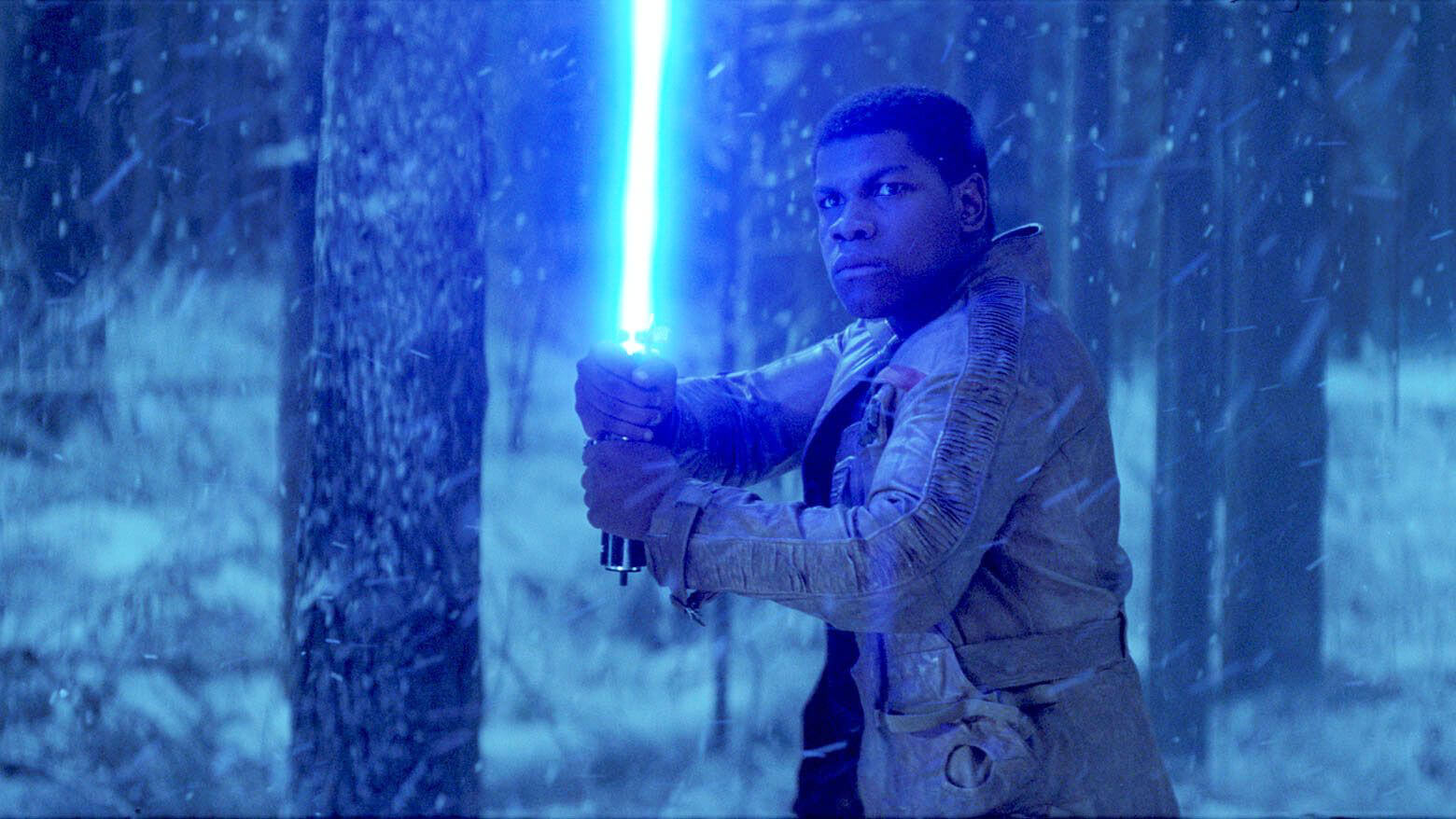
What is a Protagonist in a Story? • Star Wars: The Force Awakens
Remember, for a protagonist to be a protagonist, the story must revolve around them. The sequel trilogy revolves around Rey, not Finn. There are “Finn-centric” arcs (especially The Force Awakens) but the major arc is centered around Rey.
Double Protagonist Meaning
What is a Dual Protagonist and How Do They Shape Stories?
Can there be more than one protagonist? Yes, there are many examples of dual protagonists. Think of Woody and Buzz from Toy Story. Their partnership invites us to explore how dual protagonists can create a story where collaboration and shared growth take center stage, leading into richer, more nuanced storytelling possibilities. In fact, there are even entire movie genres based on having two equal main characters.
For example, the buddy cop or romantic comedy sub-genres. In both categories, the main pair of characters carry equal weight, make decisions that drive the plot, and have their own character arcs.
Here’s a great example from the Step Brothers script that shows why its two main characters, Brennan and Dale, can be considered dual protagonists.What are Protagonists in Step Brothers? • Dual Protagonists Explained
In this moment, Brennan and Dale achieve their dream of becoming respected musicians by supporting each other in equal measure. In many ways, the script makes a point to highlight the ways in which Brennan and Dale are mirror images of each other.
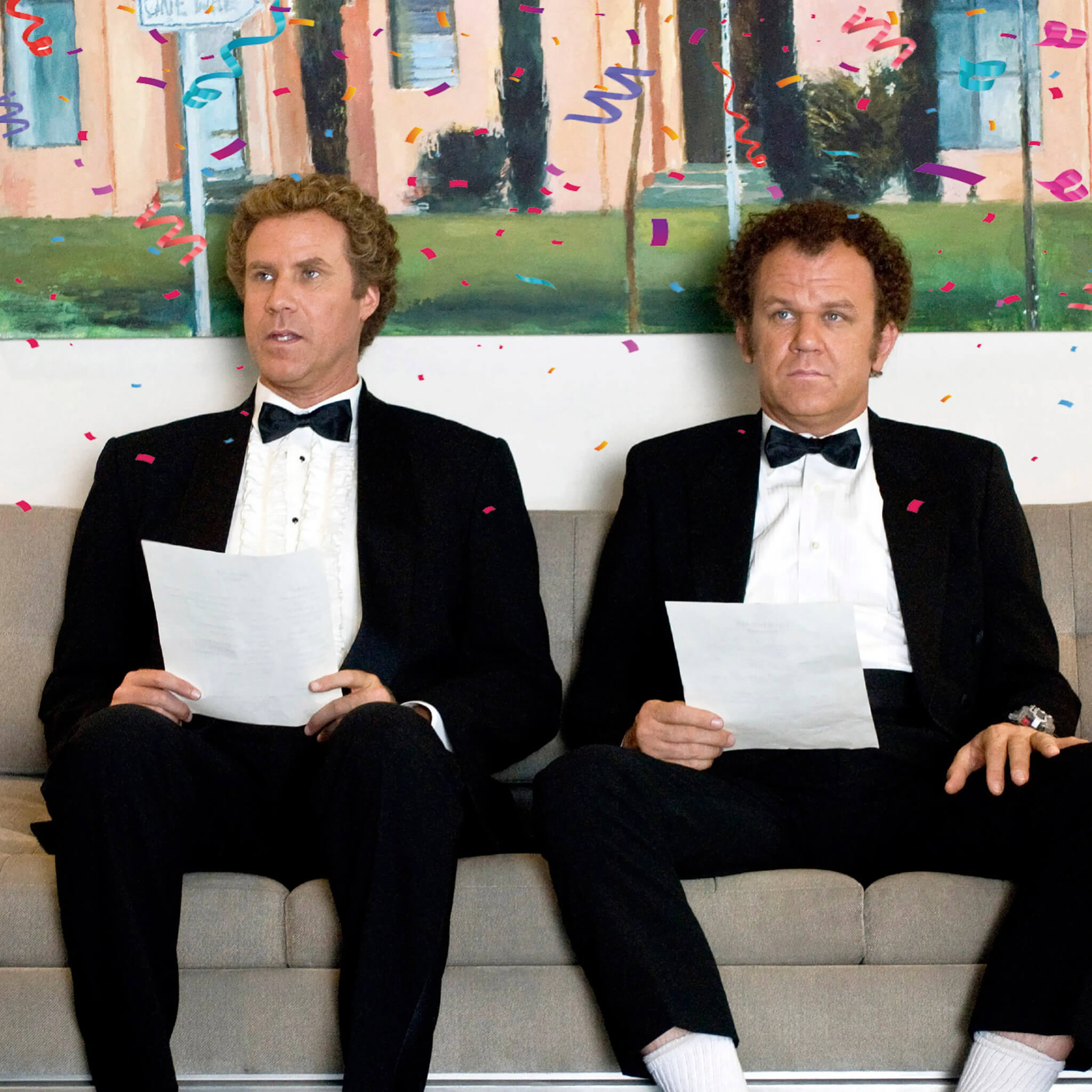
Two Equal Leads in Step Brothers
What is a protagonist? What makes a story truly memorable? Often, it’s the protagonist—the driving force who takes us on an unforgettable journey. Many refer to it as the leading character in a story. But is this main character something more? Or something less? To understand the definition fully, we need to look at how different types of protagonists are used in screenwriting. This will help us decide which type works best for our scripts.
Related Posts
UP NEXT
What is an Antagonist?
Now that we’ve looked at the different types of protagonists with some examples from film and television, let’s do the same with antagonists. In this next article, that’s exactly what we do! With examples from The Birds, Kill Bill, and more, we’ll see how well-built antagonists can elevate a story to new heights.
